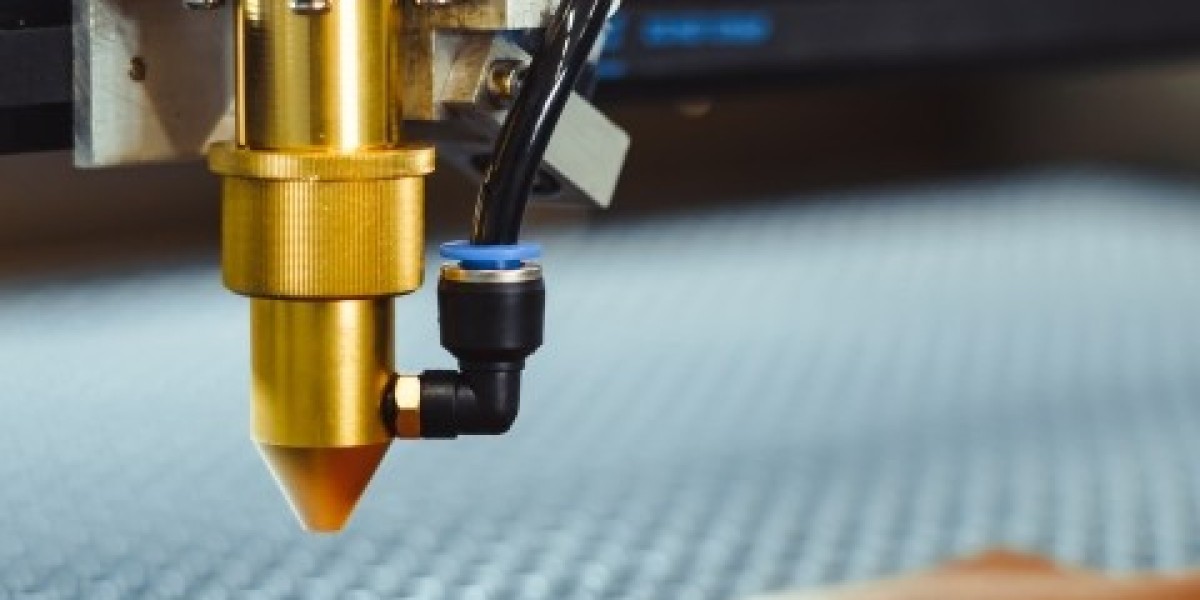CNC (Computer Numerical Control) machining has revolutionized the manufacturing industry, offering precision, efficiency, and versatility in creating complex parts and components. If you're new to CNC machining or looking to deepen your understanding, this guide will walk you through the basics, processes, and best practices to help you master this transformative technology.
Understanding CNC Machining:
CNC machining involves using computer-controlled machines to shape and cut materials with precision. These machines follow instructions from CAD (Computer-Aided Design) files to produce highly accurate parts. The process typically involves subtractive manufacturing, where material is removed from a workpiece to achieve the desired shape.
Basic Components of CNC Machines:
- Controller: This is the brain of the CNC machine, interpreting the instructions from the CAD file and converting them into precise movements.
- Drive System: Transmits power from the motor to the moving parts of the machine.
- Axis: CNC machines operate along multiple axes (usually 3, 4, or 5), allowing for complex movements in three-dimensional space.
- Tooling: Various cutting tools are used depending on the material and desired outcome.
- Workholding: Fixtures or clamps hold the workpiece securely in place during machining.
Types of CNC Machines:
- CNC Mills: These machines use rotating cutting tools to remove material from a workpiece. They're ideal for creating precise shapes and features.
- CNC Lathes: Lathes rotate the workpiece while a cutting tool shapes it. They're commonly used for cylindrical parts and turning operations.
- CNC Routers: Routers are similar to mills but are typically used for softer materials like wood, plastic, and foam.
Steps in CNC Machining:
- Design: Start by creating a 3D model of the part using CAD software.
- CAM Programming: Convert the CAD model into a set of instructions (G-code) that the CNC machine can understand.
- Setup: Secure the workpiece in the machine and load the necessary tools.
- Toolpath Simulation: Before machining, simulate the toolpath to ensure it's accurate and doesn't collide with the workpiece or fixtures.
- Machining: Execute the program, letting the CNC machine shape the part according to the design.
- Quality Control: Inspect the finished part to ensure it meets specifications.
Best Practices for CNC Machining:
- Material Selection: Choose the right material for your application, considering factors like strength, machinability, and cost.
- Tooling: Use high-quality cutting tools appropriate for the material and machining operation.
- Speeds and Feeds: Optimize cutting parameters for efficient material removal and extended tool life.
- Workholding: Ensure the workpiece is securely held in place to prevent movement or vibration during machining.
- Coolant: Use coolant or lubricant to dissipate heat and prolong tool life, especially when machining metals.
- Quality Assurance: Regularly inspect parts during machining and after completion to maintain quality standards.
Conclusion:
CNC machining offers unparalleled precision and efficiency in manufacturing, making it indispensable in various industries. By understanding the basics, processes, and best practices outlined in this guide, you can embark on your journey to mastering CNC machining, unlocking endless possibilities for creating complex and precise components. Practice, experimentation, and continuous learning will further refine your skills and expertise in this transformative technology.



